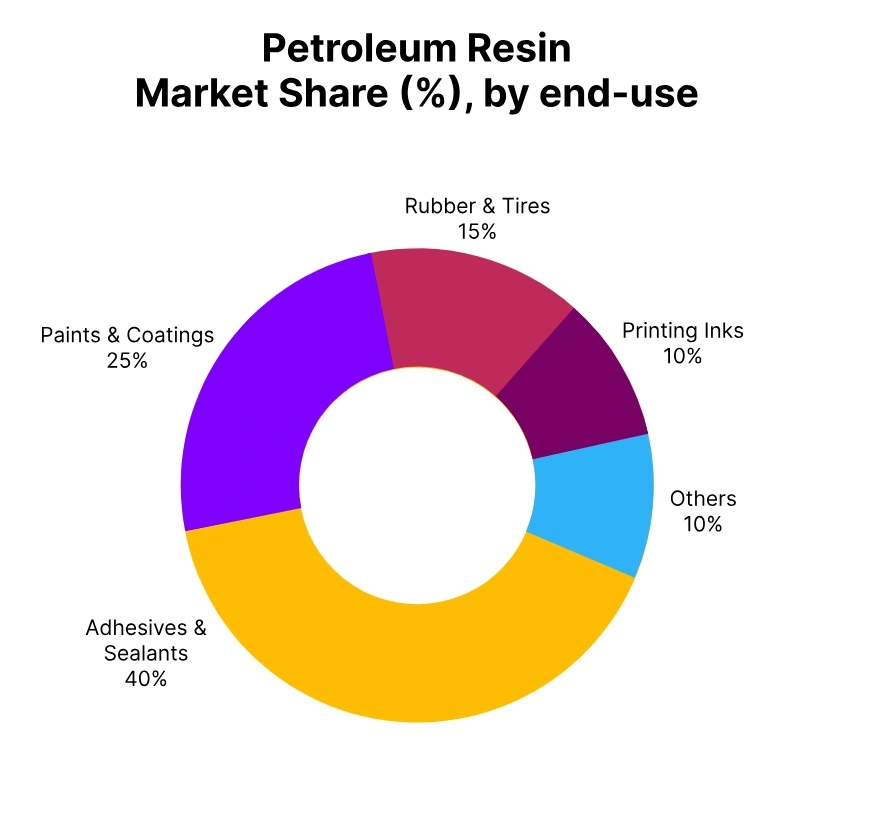Price-Watch’s most active coverage of Petroleum Resin price assessment:
- C9 Resin FOB Kaohsiung, Taiwan
- C9 Resin CIF Nhava Sheva (China), India
- C9 Resin Ex-Mumbai, India
- C9 Resin CIF Nhava Sheva (Taiwan), India
- C9 Resin CIF Haiphong (Taiwan), Vietnam
- C9 Resin FOB Shanghai, China
- C9 Resin CIF Alexandria (China), Egypt
- C9 Resin CIF Manila (China), Philippines
- C9 Resin CIF Haiphong (China), Vietnam
Petroleum Resin Price Trend Q3 2025
In Q3 2025, the global Petroleum resin price trend exhibited a mixed pattern, with prices remaining stable or experiencing slight declines across different regions. The market was characterized by balanced supply and demand in particular areas, while others faced softer demand and reduced freight costs, contributing to downward pressure. Overall, feedstock cost fluctuations, cautious buying behavior from downstream industries, and varying logistics expenses influenced the pricing dynamics.
In September 2025, Petroleum Resin prices continued to reflect this blend of stability and softness, as suppliers and buyers navigated a cautious market environment. In the future, the global price outlook is steady to slightly bearish, contingent upon raw material trends, freight developments, and industrial demand shifts in the coming months.
China
Petroleum Resin Export prices FOB Shanghai, China, Grade-C9 resin.
In Q3 2025, Petroleum Resin price trend in China remained mostly stable on an FOB basis, compared to the previous quarter. The Petroleum Resin price in China held steady due to balanced supply-demand conditions, with consistent output from domestic producers and stable consumption from the adhesives and rubber industries.
Feedstock costs remained within range, and no major disruptions were observed in the supply chain. In September 2025, Petroleum Resin price in China continued to reflect a flat trend, supported by steady export activity and cautious buyer sentiment. Going forward, the market is expected to maintain this stability unless there are significant changes in raw material pricing or external demand shifts.
Taiwan
Petroleum Resin Export prices FOB Kaohsiung, Taiwan, Grade-C9 resin.
In Q3 2025, Petroleum Resin price trend in Taiwan showed a slight decline of 1.5% on an FOB basis, compared to Q2 2025. The Petroleum Resin price in Taiwan was influenced by subdued demand from adhesives and coatings industries, along with stable production levels. The downward pressure on pricing was further supported by softening feedstock costs and increased competition from regional suppliers.
In September 2025, Petroleum Resin price in Taiwan remained under slight downward pressure, as the market continued to face limited spot activity and sufficient inventory levels. Looking ahead, prices are expected to stay soft unless demand improves notably or feedstock markets firm up.
India
Petroleum Resin Domestic Traded price Ex Mumbai, India, Grade-C9 resin.
According to Price-Watch, in Q3 2025, Petroleum Resin price trend in India showed an increase of 1.3% on an Ex Mumbai basis compared to Q2 2025. The Petroleum Resin price in India was supported by steady demand from the adhesives, rubber, and coatings sectors, along with a tightening in domestic supply. Rising logistics costs and marginal currency fluctuations also contributed to upward pricing pressure.
In September 2025, Petroleum Resin price in India reflected a firm tone, sustained by consistent consumption and cautious inventory management by buyers. The near-term outlook remains slightly bullish if demand holds and input costs remain elevated.
Egypt
Petroleum Resin Import prices CIF Alexandria, Egypt, Grade-C9 resin.
In Q3 2025, Petroleum Resin price trend in Egypt declined by approximately 5% on a CIF basis from China, compared to Q2 2025. The Petroleum Resin price in Egypt softened mainly due to a notable reduction in freight costs, which lowered overall landed prices despite stable FOB values in China. Weakened logistics pressure and improved shipping availability contributed to this decline.
In September 2025, Petroleum Resin price in Egypt remained on a downward trajectory, reflecting ongoing freight rate adjustments and steady supply from Chinese exporters. Going forward, prices may remain under mild pressure unless freight costs rebound or demand improves significantly.
Philippines
Petroleum Resin Import prices CIF Manila, Philippines, Grade-C9 resin.
In Q3 2025, Petroleum resin price trend in the Philippines recorded a 3% dip on a CIF basis compared to Q2 2025. The Petroleum Resin price in the Philippines was impacted by softened demand from the adhesives and packaging sectors, coupled with competitive regional offers and reduced freight rates. Suppliers adjusted pricing to stay aligned with broader Asian market trends.
According to Price-Watch, in September 2025, Petroleum Resin price in the Philippines continued to reflect a downward tone, driven by cautious buying activity and sufficient inventory levels. The short-term outlook remains slightly bearish unless regional demand shows signs of recovery.
Vietnam
Petroleum Resin Import prices CIF Haiphong, Vietnam, Grade-C9 resin.
In Q3 2025, Petroleum Resin price trend in Vietnam remained overall stable on a CIF basis from China, compared to the previous quarter. The Petroleum Resin price in Vietnam was supported by balanced supply and demand conditions, with steady imports from Chinese suppliers and consistent consumption in the adhesives and rubber industries.
Despite minor fluctuations in freight rates and raw material costs, overall pricing stayed firm. In September 2025, Petroleum Resin price in Vietnam continued to reflect stability, as market fundamentals remained largely unchanged. Barring any major shifts in feedstock pricing or regional demand, the stable trend is expected to stay in the next quarter.





